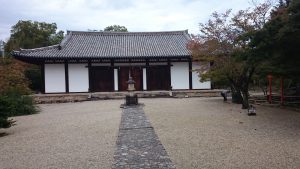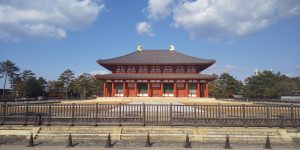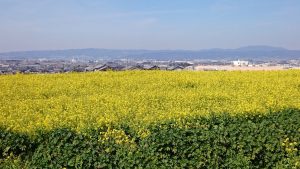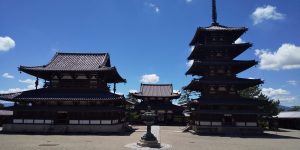整備の進む奈良平城宮跡 Tourist Information: Nara Heijo Palace Ruins in Progress
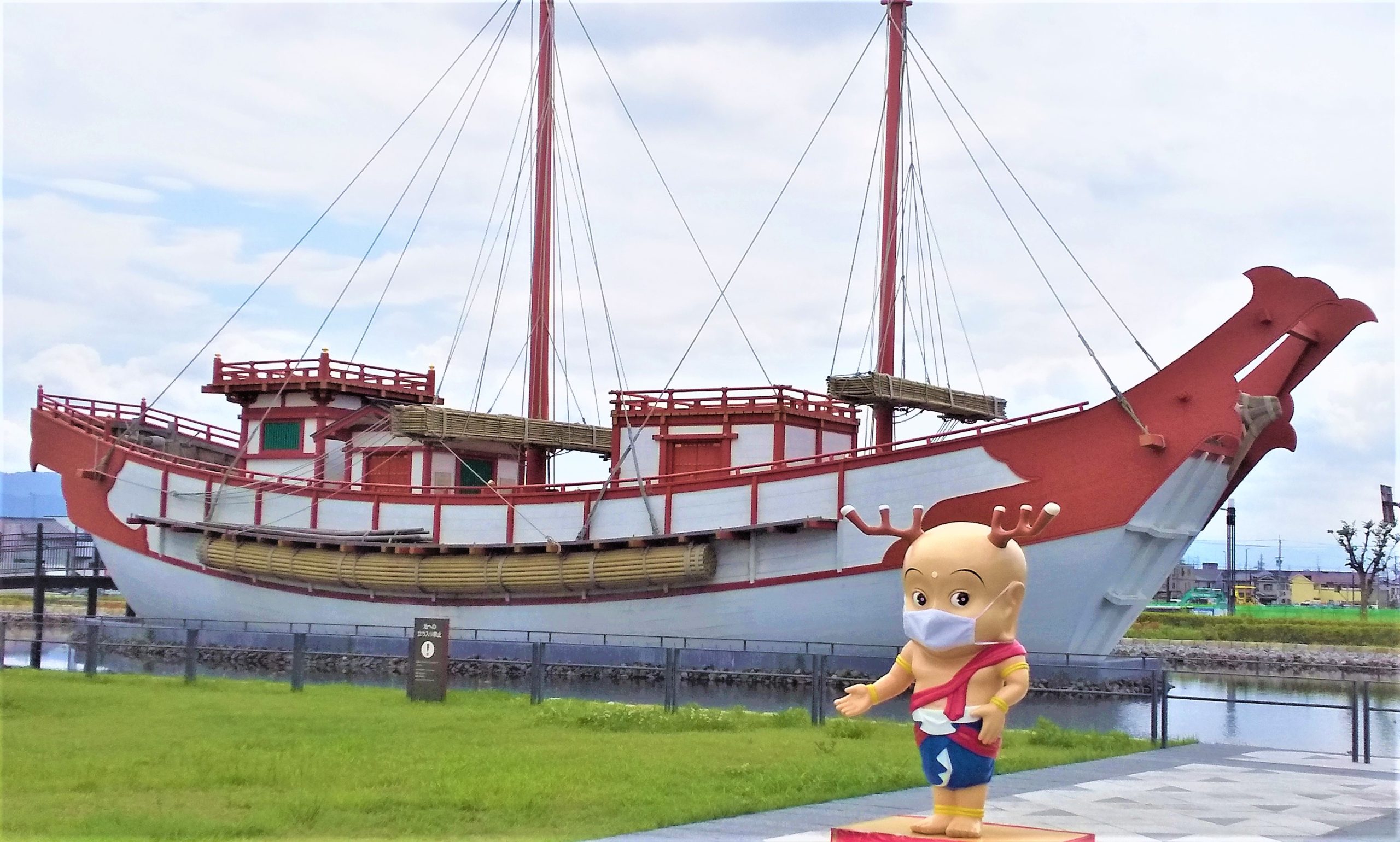
平城宮跡は大和西大寺駅から東に1km、近鉄奈良線に南北を分断された広い草原の中にあります。
The ruins of Heijo Palace are located in a vast grassy plain separated from north to south by the Kintetsu Nara Line, 1 km east of Yamato-Saidaiji Station.
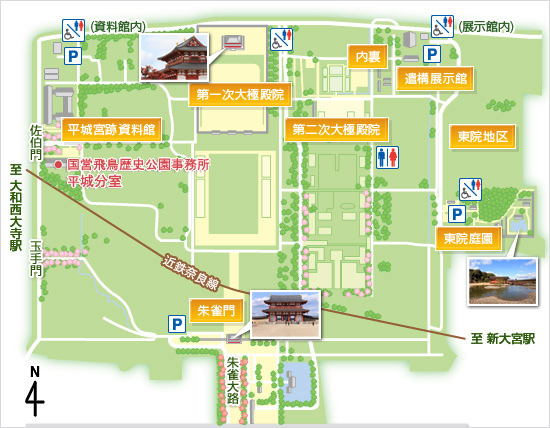
第一次大極殿や南門、近鉄奈良線を越えて南に朱雀門、実物大の遣唐使船、東院庭園(天皇の宴が催された)などが、広い敷地の中に点々と再建されています。
The first Daigokuden, the South Gate, the Suzaku Gate to the south beyond the Kintetsu Nara Line, a life-size Japanese envoy ship, and the Toin Garden (where the emperor’s banquet was held) have been reconstructed here and there in the vast grounds. .
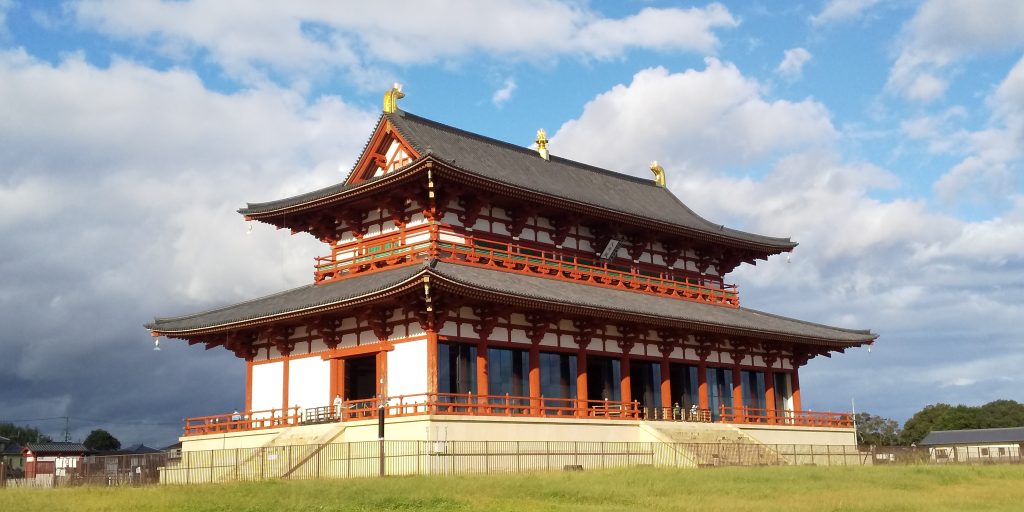
有難いのは、大極殿や東院庭園などもすべて無料で、広い敷地に平屋で建てられた資料館では、奈良時代の暮らしを実物大の模型などで体感できます。奈良時代の貴族と庶民が何を食べていたのか、そのお膳が実物大模型であるとともに、それが全国の遠いところからも送られていたことがわかります。鉄道はもちろん、車のない時代に、非常にグローバルな世界だったのです。
Thankfully, the Daigokuden and Toin gardens are all free of charge, and in the one-story museum built on a large site, you can experience life in the Nara period through life-size models. The table is a full-scale model of what the aristocrats and commoners of the Nara period ate. It was a very global world at a time when there were no railroads or even cars.

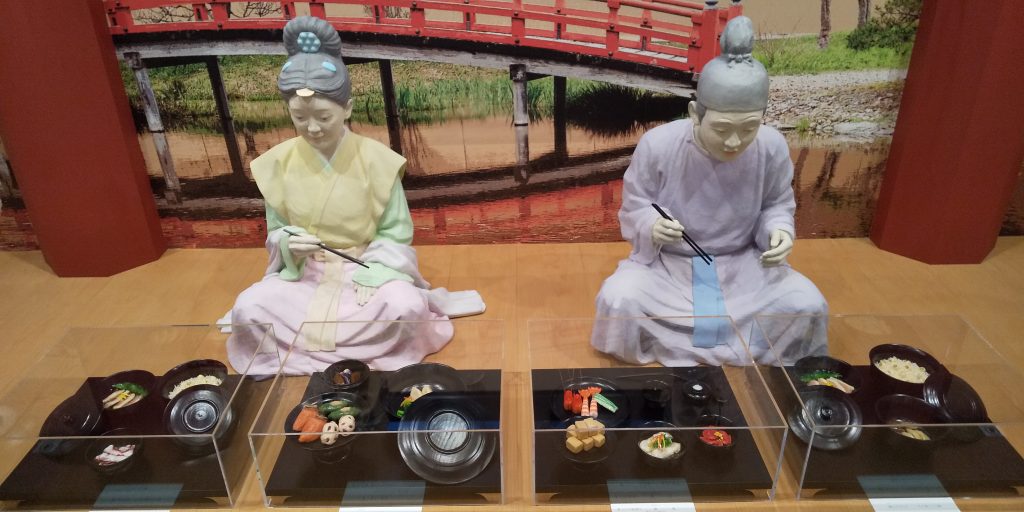
広大な平城京跡はまだまだ空地の草っ原が多く、さらにいろいろなものが整備されていくようです。
The vast Heijokyo ruins still have a lot of vacant grasslands, and it seems that various things will be developed further.
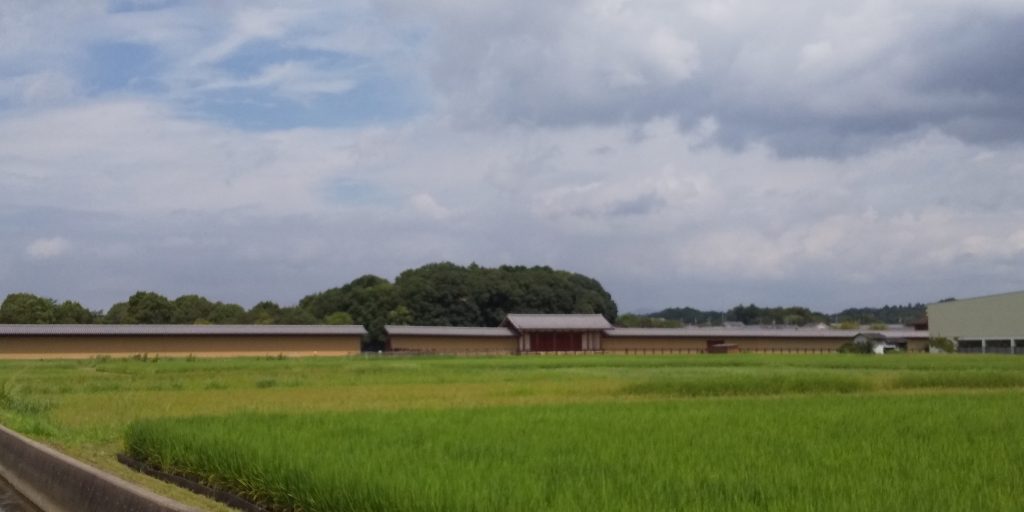

平城宮跡に何も残らなかったのは、長岡京に都が移された時に建物も一緒に移築されてしまったため、跡地は間もなく田畑に変わって放置されたからのようです。ところが水分の多い田んぼの下に埋もれていたおかげで、当時の木簡などの遺物が腐ることなく残りました。遺構展示館には発掘跡がそのまま保存されているので、出土現場に立ち会うような臨場感が味わえます。千三百万年前に掘られた溝、敷き詰められた石が田んぼの中に埋もれ、さらにその上に土が積もっていることを示す地層の断面を見ることができます。
The reason why nothing remained on the site of Heijo Palace is that when the capital was moved to Nagaokakyo, the building was relocated with it, and the site was soon abandoned as a field. However, thanks to being buried under the moist rice fields, relics such as wooden strips from that time remained without rotting. The excavation site is preserved in the remains exhibition hall, so you can experience the realism of being present at the excavation site. You can see a cross-section of the stratum that shows the ditch dug 13 million years ago, the stones that were laid down in the rice field, and the soil piled up on top of it.

奈良が開発から取り残されていたからこそ、これだけ広大な宮殿跡が復元していけるとも言えます。すべて無料なんて、文化庁もなかなかやりますね。
It can be said that it is precisely because Nara was left behind from development that such a vast palace ruin can be restored. The Agency for Cultural Affairs is quite willing to do it all for free.
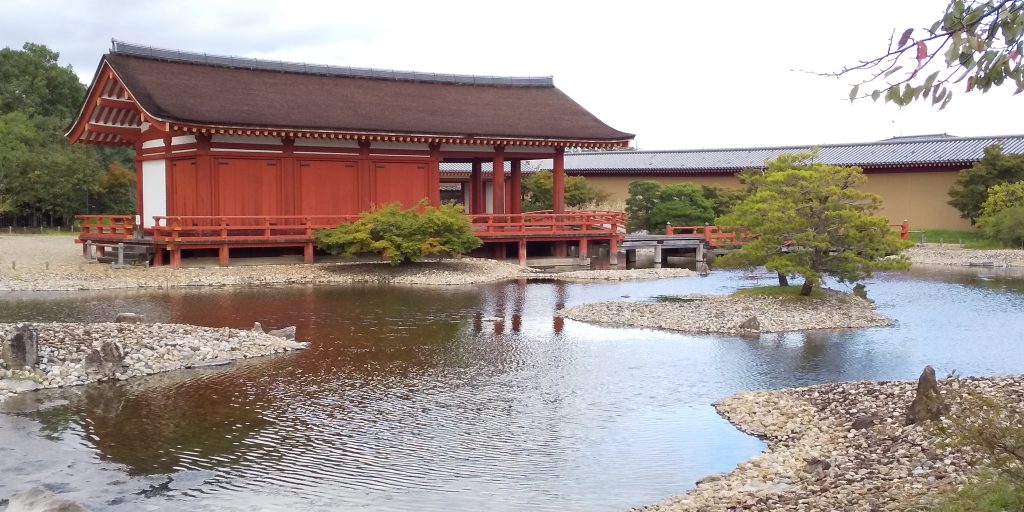
海外との付き合いが減って国風文化が育つへ平安時代と対照的に、奈良時代までは海外との交流が非常に盛んだったようです。それはいい意味でも悪い意味でもですが、大型船もなく人口も少なかった時代に、彼らの行動力には恐れ入ります。奈良に現存する建物や仏像などから、そのグローバルさが感じられます。これからは奈良、大和文化です。是非体感しましょう!
In contrast to the Heian period, exchanges with foreign countries were very active until the Nara period. Whether it’s a good or a bad thing, I’m awed by their ability to take action in an era when there were no large ships and few people. You can feel the globality of Nara from the existing buildings and Buddhist statues. From now on, it will be Nara and Yamato culture. Come and experience it!

